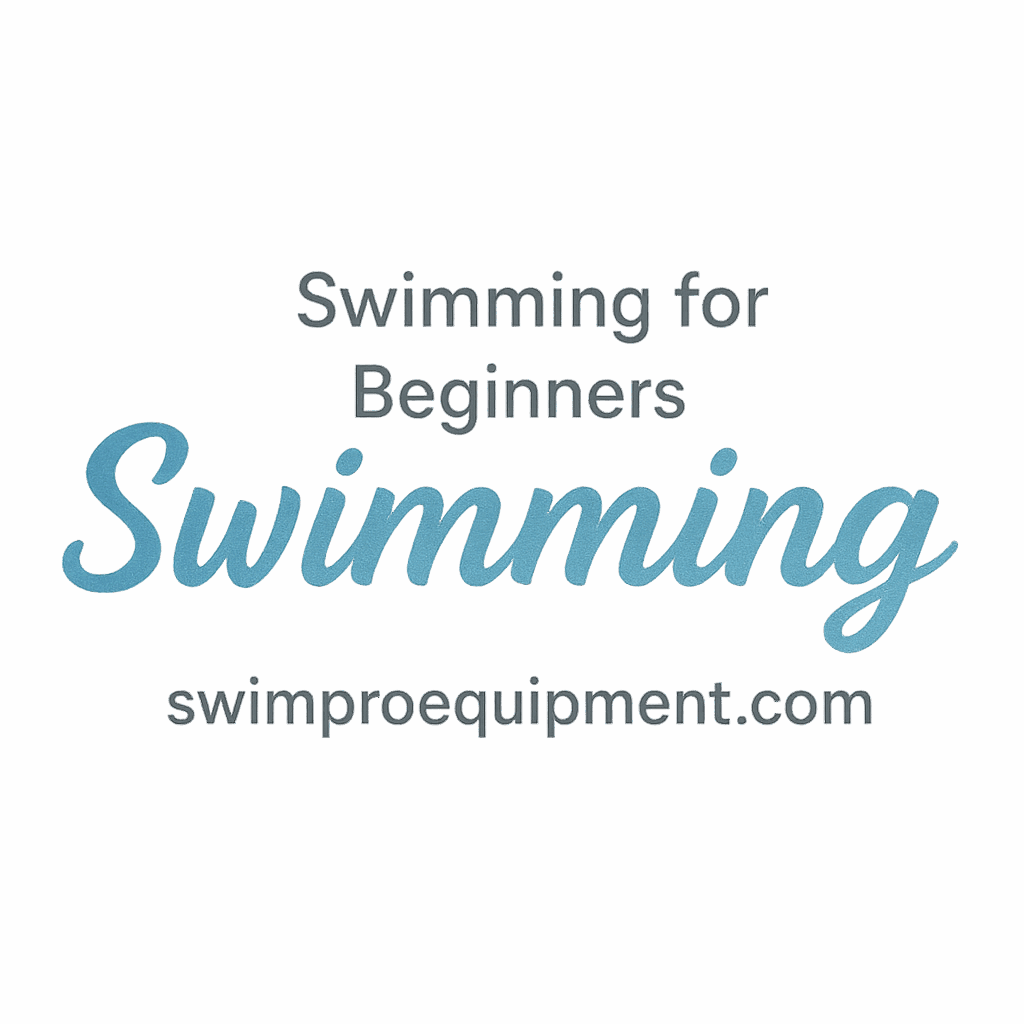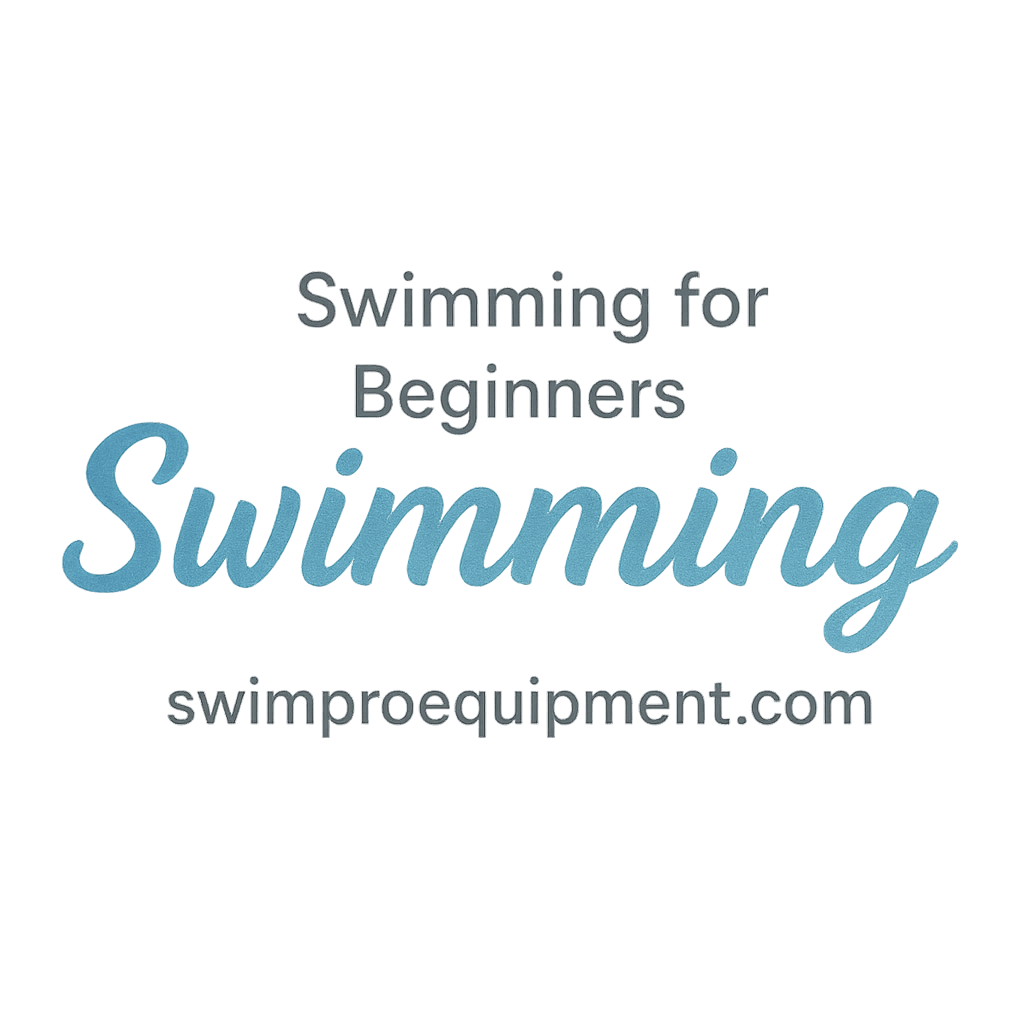Swimming isn’t just about getting from one side of the pool to the other. It’s about form, endurance, technique, and mindset. That’s where swimming drills come in—they’re the secret sauce to transforming average swimmers into confident, efficient gliders. Let’s explore eight powerful ways to use swimming drills for skill improvement that actually work—and that keep you motivated along the way.
Why Swimming Drills Matter
Drills isolate and refine parts of your swimming technique—whether it’s your kick, pull, breathing, or turns. They’re essential tools for both beginners and pros who want to fine-tune their form and improve performance. And when paired with proper technique, they also reduce injury risks. For a deeper dive into the essentials, check out the Swimming Basics & Techniques guide.
Getting Started: Are You Ready to Drill?
Before jumping into drills, make sure you’re prepared both mentally and physically.
What You Need Before You Start
- Proper swimwear
- Goggles
- Kickboard, pull buoy, or fins (optional but helpful)
- A timer or waterproof smartwatch for progress tracking
Explore all the Swimming Gear & Equipment that can enhance your drill sessions.
Assessing Your Current Skills
Be honest about your level. New swimmers should start with basic body position and breathing drills, while more advanced swimmers can fine-tune flip turns or speed.
Don’t forget to tag along with Training Workouts for Beginners to stay on track.
1. Improve Body Position with Streamline Drills
How Streamline Affects Your Speed
Streamlining helps reduce drag and maintain momentum—especially off walls. Think of yourself as a torpedo slicing through the water.
Drill Example: Push-Off and Glide
- Push off the wall in a tight streamline position.
- Glide as far as you can without kicking or pulling.
- Focus on tight core engagement and head alignment.
Visit our body position tag section for more tips.
2. Perfect Your Breathing Technique
Why Breathing Timing Is Everything
Messed up breathing ruins rhythm, wastes energy, and causes panic. Learn to breathe efficiently without lifting too high or holding your breath too long.
Drill Example: Side Kicks with Rotation
- Kick on your side using a kickboard.
- Every 6 kicks, rotate to the opposite side while exhaling underwater.
- Inhale quickly as you rotate, then resume kicking.
More breathing techniques are available in the swimming and technique sections.
3. Master Arm Mechanics with Catch-Up Drills
Fixing Stroke Imbalances Early
Catch-up drills help fix early entry or wide pull issues by forcing symmetry and mindfulness in each arm stroke.
Drill Example: One-Arm Freestyle
- Swim freestyle using one arm.
- Keep the other arm extended in front.
- Alternate arms every 25 meters.
You can find more stroke-focused drills in the technique and improvement archives.

4. Build Kick Strength and Balance
Flutter Kick Drills for Control
Strong kicks not only propel you—they stabilize you. Flutter kicks develop lower body strength and better alignment.
Drill Example: Vertical Kicks
- Tread water vertically using only your legs.
- Keep hands above the surface.
- Try this for 30 seconds, then rest and repeat.
Don’t skip our top picks for essentials to maximize your kick-focused training.
5. Enhance Flip Turns with Wall Timing Drills
Flip Turn Flow Boosters
Flip turns can make or break a swim set. If you mess up the turn, you lose rhythm and waste energy.
Drill Example: Flip Turn Countdown
- Count your strokes before reaching the wall.
- Practice flipping at the same stroke count every lap.
- Fine-tune wall distance awareness.
Explore more on progress and tracking for timing improvements.
6. Boost Endurance Using Pyramid Sets
Pacing, Stamina, and Breathing Efficiency
Structured endurance drills help you go the distance. They test mental and physical stamina while allowing room to grow.
Drill Example: Ladder Swims
- Swim 50m, rest 10 seconds.
- Swim 100m, rest 15 seconds.
- Continue increasing distance up to 400m, then descend.
Level up your stamina with training resources designed for consistency.
7. Increase Stroke Rate for Speed Gains
Controlled Sprint Drills for Improvement
A faster stroke rate means faster swimming—when done right. These drills teach tempo without sacrificing form.
Drill Example: Stroke Count Challenge
- Swim 25m while counting strokes.
- Reduce the stroke count each lap.
- Focus on length and efficiency.
Learn more speed-boosting tips in our speed section.
8. Use Drills for Injury Prevention
Warm-Up and Cool-Down Routines Matter
Don’t dive into drills cold. A proper warm-up saves you from sore shoulders and pulled muscles.
Drill Example: Sculling and Shoulder Mobility
- Use sculling motions with hands out in front.
- Do shoulder circles during rest intervals.
- Always cool down with 200m easy swim.
See more strategies in injury prevention and health.
Tracking Your Progress with Swimming Drills
Using Tech and Journals for Monitoring
Keep track of how each drill affects your speed, efficiency, and comfort. Use waterproof watches or apps, and log your sessions in a journal.
We cover more tips on tracking your swim journey effectively.
Consistency is Key: Turn Drills into Habit
You won’t master swimming drills in a day. Commit to drilling two or three times a week, and rotate focus areas. Combine drills with motivation tools to stay on track.
Conclusion: Ready to Dive In?
Swimming drills aren’t just “extra” work—they’re what separate casual swimmers from powerful ones. By mastering these eight strategies, you’ll build confidence, reduce injury risks, and move through the water like never before. Whether you’re just starting or pushing your personal best, remember: consistent, mindful drilling equals unstoppable progress.
Explore more swim advice, gear, and techniques at SwimProEquipment.com and keep leveling up your skills with every lap.
FAQs
1. How often should I do swimming drills?
Ideally, 2–3 times per week alongside regular swim sessions.
2. Can beginners benefit from these drills?
Absolutely! Start slow and focus on form.
3. What gear do I need for drills?
Kickboards, fins, pull buoys, and paddles are helpful but not always necessary. Check out recommended gear here.
4. How do I know if I’m doing the drills correctly?
Use mirrors in the pool, film yourself, or ask a coach for feedback.
5. Are drills helpful for open water swimming?
Yes! Drills enhance technique that translates directly to open water confidence and control.
6. Should I warm up before doing drills?
Definitely. Start with 5–10 minutes of light swimming and mobility exercises. See our warm-up tips.
7. How can I track my swimming drill progress?
Use swim logs, apps, or wearables. Explore more in our tracking guide.


